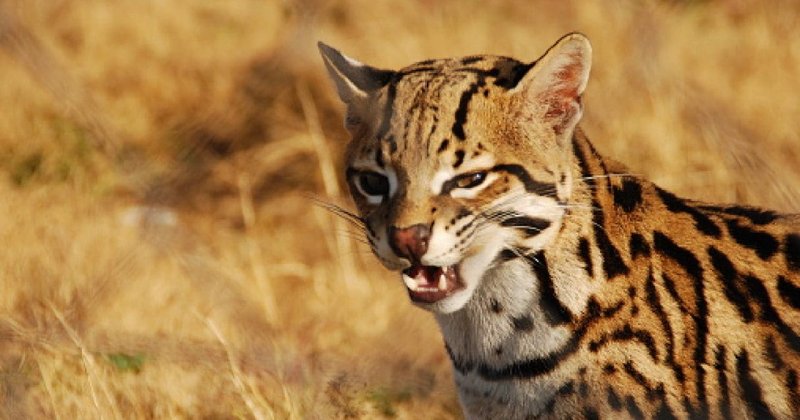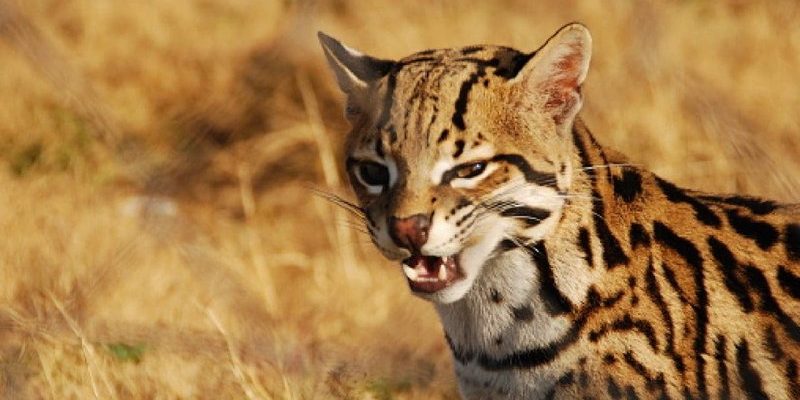
Imagine wandering through the tall grasses, where this cat blends in like a shadow. Its golden fur and piercing eyes can spot prey from a distance, but what happens when it crosses paths with humans? Let’s dive into the world of the jungle cat and explore its behavior, interactions with people, and the potential risks involved.
Understanding the Jungle Cat’s Behavior
The jungle cat, scientifically known as *Felis chaus*, is primarily a solitary animal. It prefers to keep to itself, hunting small mammals, birds, and even fish. Unlike some larger wild cats that might see humans as threats or competition, jungle cats generally avoid us. They are more like introverts at a party, quietly observing from the sidelines.
However, their natural instincts kick in when they feel threatened. If a jungle cat perceives danger—whether from a human or another animal—it might act defensively. This is where the confusion often arises. While they’re usually harmless, they can exhibit aggressive behavior if cornered or surprised. This is a good reminder that all wild animals deserve our respect and caution.
Natural Habitat and Range
You can find jungle cats in a variety of habitats, from wetlands to scrub forests and grasslands. Their range spans across South Asia, parts of the Middle East, and even into Europe. The adaptable nature of these cats allows them to thrive in diverse environments.
They often prefer areas where they can hide and stalk their prey, which might bring them into closer contact with humans living near these habitats. That’s why understanding where they live can give us insight into potential human-jungle cat interactions.
Human Interactions with Jungle Cats
When it comes to interactions with humans, jungle cats are typically shy. They prefer to stay out of sight, retreating from areas populated by people. In fact, many locals might live near jungle cat habitats without even realizing it.
However, there are instances where these encounters might become more frequent, particularly in rural or suburban areas expanding into their territory. Here’s the thing—urban development pushes wildlife into smaller spaces, leading to occasional overlaps. While jungle cats won’t seek out human contact, they sometimes come closer to homes in search of food.
Even with these close encounters, serious incidents involving jungle cats attacking humans are incredibly rare. Most reports are of the cat running away rather than confronting a person. The general rule is simple: if you respect their space, they’re likely to do the same.
When Jungle Cats Might Attack
Now, you might be asking yourself, “Under what circumstances could a jungle cat actually pose a danger?” It’s important to note that jungle cats are not aggressive by nature, but certain situations can trigger their defensive instincts. Here are a few scenarios:
- Feeling cornered: If a jungle cat finds itself backed into a corner with no escape route, it may lash out in self-defense.
- Protecting young: If a mother is with her kittens, she might become more aggressive to protect them from perceived threats.
- Injured or sick individuals: A jungle cat that is not in good health may act unpredictably out of fear or pain.
In these cases, it’s best to back away slowly and avoid making sudden movements or loud noises. Most wildlife would prefer flight to fight, and jungle cats are no exception.
Comparing Jungle Cats to Other Wild Cats
When discussing the potential danger of jungle cats, it can be helpful to compare them to other wild cats. Unlike big cats like lions or tigers, which are much larger and more powerful, jungle cats are considerably smaller. Most adult jungle cats weigh between 10 to 35 pounds, while a lion can weigh over 400 pounds!
This size difference plays a significant role in their behavior. Larger cats are often more prone to viewing humans as prey or threats. In contrast, jungle cats are more likely to observe from a distance. Their smaller size makes them less intimidating, which might explain why serious attacks are so rare.
How to Stay Safe Around Jungle Cats
If you find yourself in an area where jungle cats are known to roam, keeping a few simple safety tips in mind can help prevent unnecessary encounters. Here’s what you can do:
- Keep your distance: If you spot a jungle cat, enjoy the sight from afar.Approaching them can lead to feeling threatened.
- Secure food sources: If you’re camping or living near their habitat, make sure food is stored properly to avoid attracting them.
- Educate yourself: Learning more about jungle cats and their behavior can help demystify interactions and reduce fear.
By taking these steps, you can coexist peacefully with these fascinating creatures, respecting their space while enjoying the wonders of nature.
So, can the jungle cat be dangerous to humans? The short answer is no, not typically. While they possess the ability to defend themselves if necessary, these cats prefer to avoid human interaction altogether. They are more likely to flee than confront us.
Understanding the behavior of jungle cats can help us appreciate them without fear. They play an essential role in their ecosystems, and respecting their space benefits both humans and wildlife. So the next time you hear about jungle cats in your area, remember—they’re not the threat you might think they are, but rather a fascinating part of the natural world we share.

